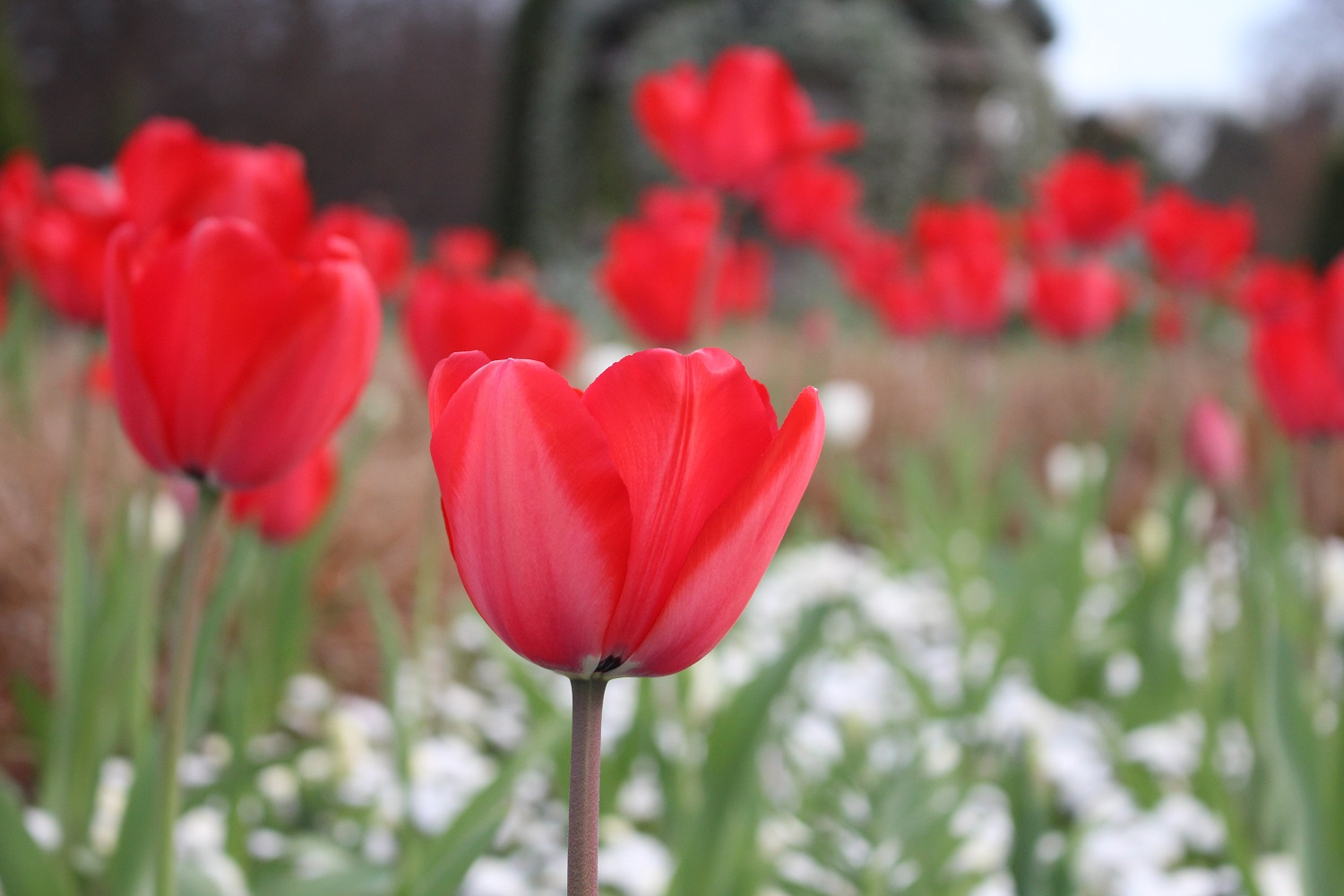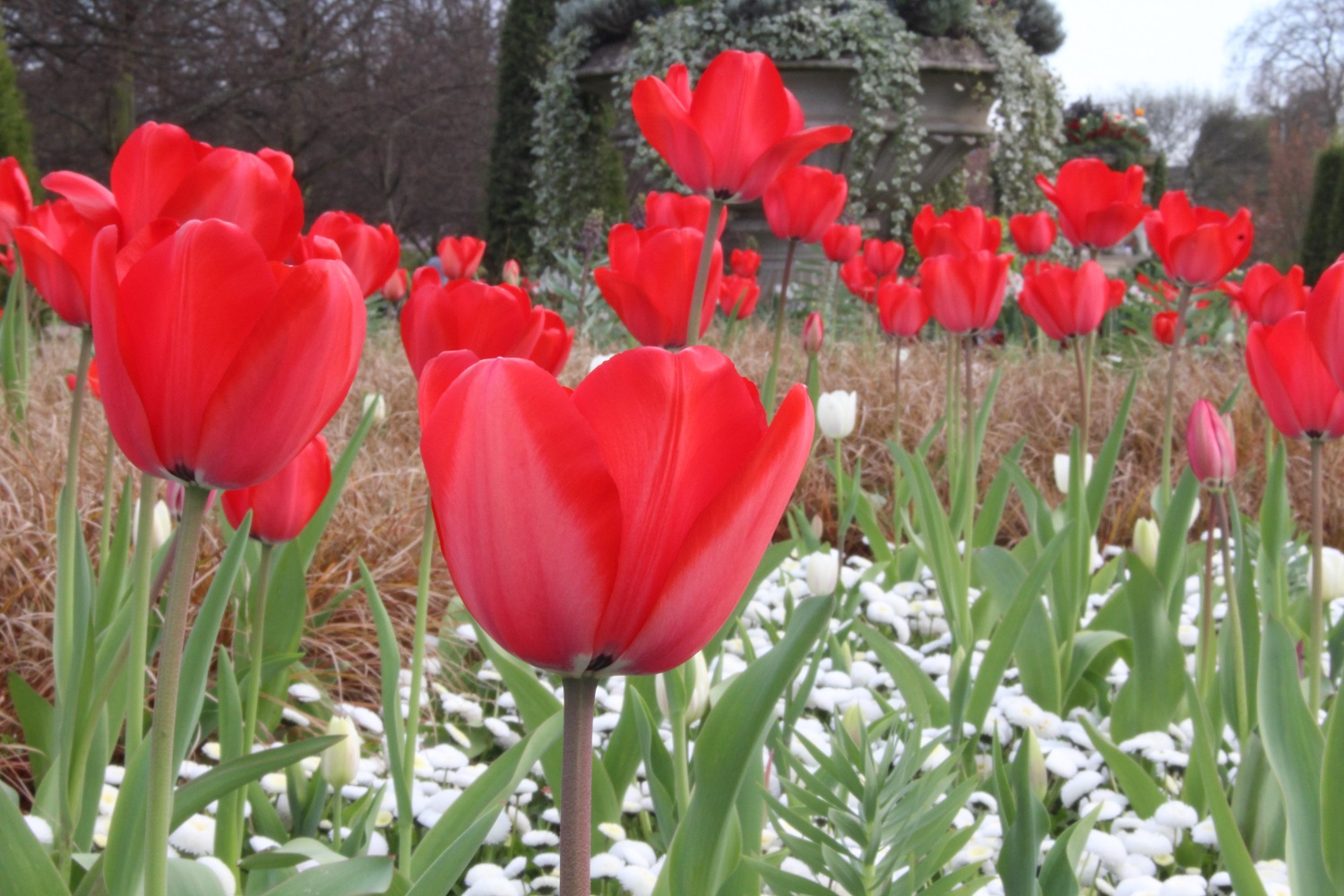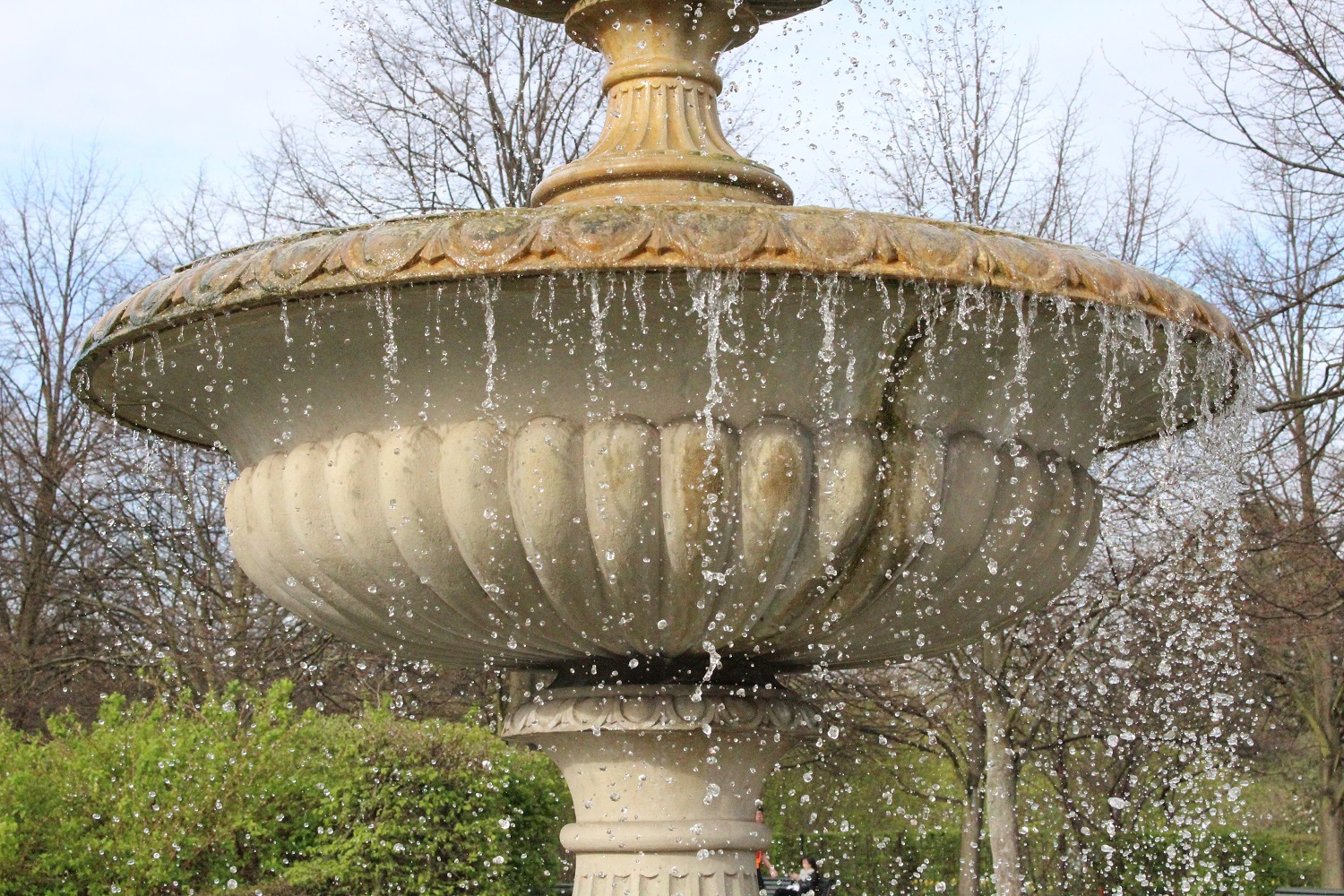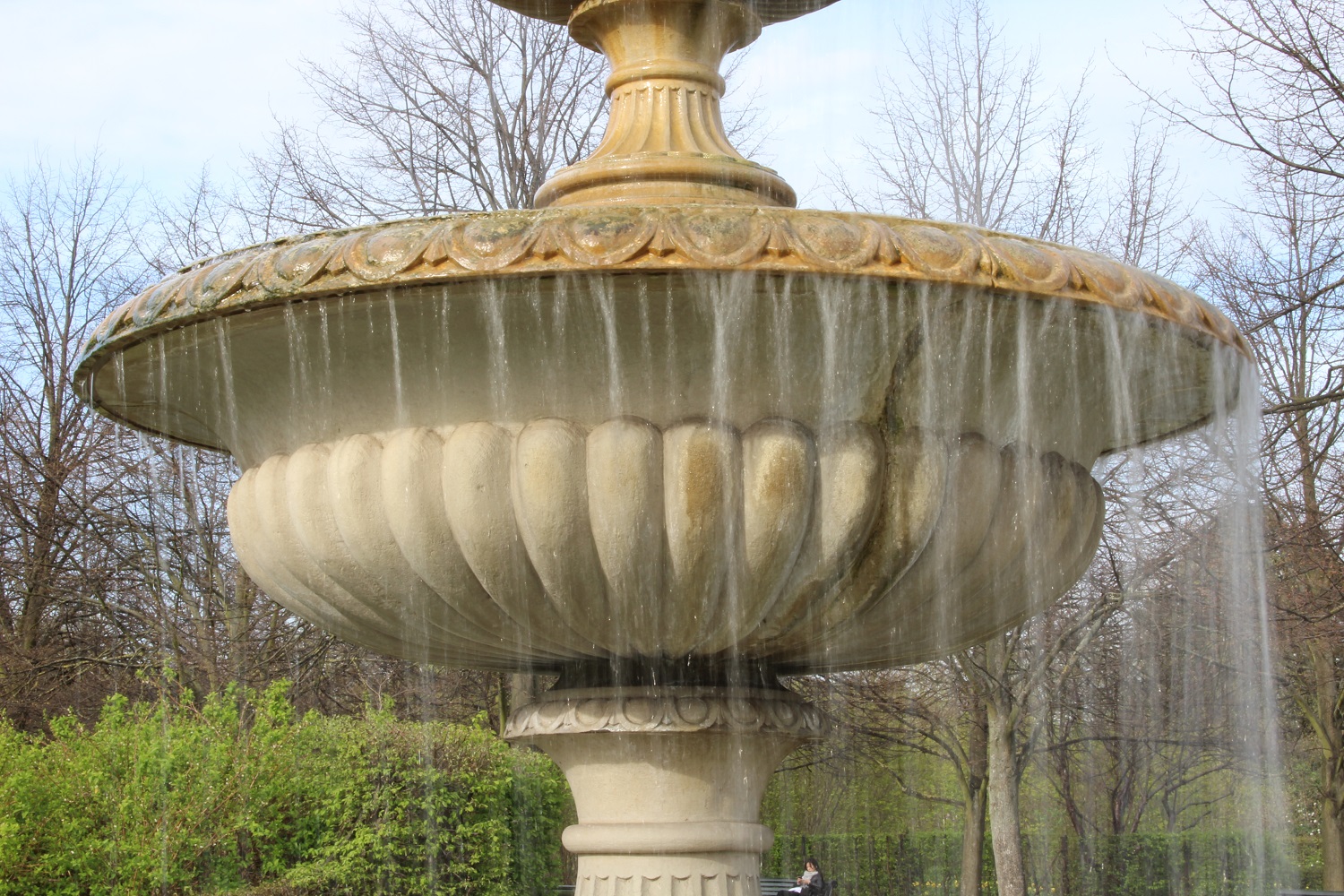The basics of manual camera controls explained
Posted on 2017-03-30 (4547 VIEWS)
Ever wondered what happens on our beginners workshops? Find out here!
The Exposure Triangle.
This is where we start, aided by our handy Lens Lab booklet that all participants receive. Our expert instructors guide the group through the basics of aperture, shutter speed and ISO and then let the group loose using their creative skills to demonstrate the concepts using the experiments below.
Try these two experiments to see if they don't help your understanding of the basic principles of photography!
Aperture (f)
What is aperture? Well, its the hole at the front of the camera that we can change the size of. A bit like the pupil of your eye. A big hole lets lots of light in and a little hole doesn’t (that’s why your pupils dilate - get bigger - when its dark).
It’s important to know that a big hole is represented by a small f number, say f2, and a small hole is represented by a big number, say f36. A bit back to front I know!
Ready to do an experiment?
Set your camera to aperture (f) priority. In this mode, you control the size of the hole and the robot in the camera decides the appropriate shutter speed to make the perfect exposure.
Now fix the hole so it is as big as it can be (a small fnumber, remember). In many cameras that might be f4.5, but just make it the smallest number you can. Focus on your subject and take a shot of something such as the flower below.
Now make the hole as small as possible, (a large f number)… focus… and take the same shot.
Here’s what your experiment should look like:

f5.6, 1/1000 sec., ISO-800 at 55mm

f36, 1/25 sec., ISO-800 at 55mm
Notice how what you are controlling is the amount of the picture that is in focus - this is called depth of field. A big hole means a shallow depth of field - only the subject is in focus while everything behind and in front is blurred. The further away stuff is, the more blurry it gets. It’s a lovely way to get background bokhe (Japanese for blur) into portrait photography or just to really make the subject stand out.
Shutter speed
The next experiment shows the effect of shutter speed.
Shutter speed is how long the shutter is open and letting in light. A fast speed is 1/2000 of a second. A slow shutter speed is 1/5 of a second.
Shutter speed is important when things are moving. If you want a sharp photo of something moving you need to have a fast shutter speed otherwise it will be blurry.
Set your camera to shutter priority. The cameras robot will look after aperture now.
To start with set the shutter speed to 1/2000 of a second and takes a picture of something in motion... then set it to 1/5 of a second and take exactly the same shot.This is what should happen…

f10, 1/4000 sec., ISO-6400 at 40mm

f32, 1/6 sec., ISO-100 at 40mm
Notice that a fast shutter speed freezes the water and you can see the individual droplets. The slower shutter speed makes the water blurry because it is moving. The vase remains sharp in both images because it is not moving. This is a nice way to make water look milky and soft or like glass but also important for freezing fast moving objects such as cars, sports and, of course, pets and children!
Want some hands on learning?
These shots have been taken on our Regents Park Beginners Walkshop. It's a great, hands on and sociable way to get to grips with your camera: Regents Park Beginners Photographic Walkshop
INDEX TO ARTICLES
Shoot Products Like A Pro >
2020-07-15 By Phil Sills
Finding the right photo book for your pictures >
2019-10-31 By Flavio Longato
Cambridge by camera >
2019-02-08 By Peter Levenspiel
Hooray for the V&A >
2018-10-30 By Peter Levenspiel
Nitecore All Weather Adventure Backpack review >
2018-07-06 By James MacDonald
100 years of camera history >
2018-06-25 By Leonardo Stone
Form & Function by Chloe Rosser >
2018-06-08 By Peter Levenspiel
Check this amazing footage from the Wiral Lite >
2018-05-31 By Leonardo Stone
Interview: Clare Hewitt, Portrait of Britain Winner >
2018-04-23 By Peter Levenspiel
Make your own cyanotype photogram >
2018-04-12 By Peter Levenspiel
Video review: Starter ND filter kit >
2018-03-12 By Peter Levenspiel
Getting started: DIY product photography >
2018-02-04 By Peter Levenspiel
Photographers heaven? >
2018-02-03 By Leonardo Stone
The Zkin Kampe, a bag for life? >
2018-02-02 By Liz Taylor
Into the Woods: Trees in photography at the V&A >
2018-01-30 By Peter Levenspiel
Running, gunning and shooting from the hip! >
2017-10-31 By James Macdonald
Getting the most out of your Interfit reflector >
2017-10-17 By Paul Stillman
Video review: Lens Rims form easyCover >
2017-09-27 By Peter Levenspiel
Destination: Lens Lab visits Lewes >
2017-08-23 By Peter Levenspiel
Peak Design slide strap - This one’s from the hip! >
2017-07-18 By James Macdonald
What to shoot in Madrid >
2017-06-06 By Peter Levenspiel
The basics of manual camera controls explained >
2017-03-30 By Peter Levenspiel
Wobble free Wimberley Head Mark II >
2017-03-22 By Paul Stillman
The joy of wildlife photography >
2017-03-21 By Paul Stillman
Grow your garden photography skills >
2017-02-22 By Peter Levenspiel
Portsmouth: A photo friendly getaway destination >
2017-02-19 By Peter Levenspiel
Slow down time with ND filters >
2017-02-16 By James McDonald
The 600mm Sigma with pulling power >
2017-02-05 By Paul Stillman
The beast that does it all - well almost! >
2017-02-01 By James McDonald
Photographing birds of prey >
2017-01-14 By Peter Levenspiel
What the F? >
2017-01-04 By Peter Levenspiel
The best light in Europe! >
2016-11-01 By Peter Levenspiel
PART 1: Smartphone's V DSLR's >
2016-11-01 By Peter Levenspiel
Review: Nikon Nikkor Micro AF 105mm f2.8 lens >
2016-10-09 By Paul Stillman
2016 Woodland Trust tree of the year shortlist >
2016-09-24 By Liz Taylor
Surprisingly, kids can be pretty good at photography... with a little guidance! >
2016-09-09 By Peter Levenspiel
Want to improve your garden photography? >
2016-09-07 By Paul Stillman
Plane boring... What's your thing? >
2016-08-10 By Peter Levenspiel
Learn from the masters! >
2016-08-08 By Peter Levenspiel
Plan for success... Wedding photography >
2016-07-15 By Peter Levenspiel
What does Brexit mean if you're a photographer? >
2016-06-25 By Peter Levenspiel
Woodland bird photography at its very best! >
2016-06-18 By Paul Stillman
Top 3 equine photography tips from a pro… >
2016-06-17 By Peter Levenspiel
Wide angle lenses: The estate agents magic trick >
2016-06-10 By Peter Levenspiel
Head for the woods... macro season is here! >
2016-06-03 By Peter Levenspiel
The eeirie work of Christian Richter >
2016-05-20 By Peter Levenspiel
Doggy doggy on the wall... >
2016-04-04 By Peter Levenspiel
6 merits of renting photographic gear over buying >
2016-04-01 By Matt Golowczynski
Photographic exhibition at the V&A: Paul Strand >
2016-03-25 By Liz Taylor
Create a family best-seller >
2016-03-23 By Peter Levenspiel
Droning on about it... >
2016-02-09 By Peter Levenspiel
Top 10 Things to consider before stepping into photography >
By Racho Stano










